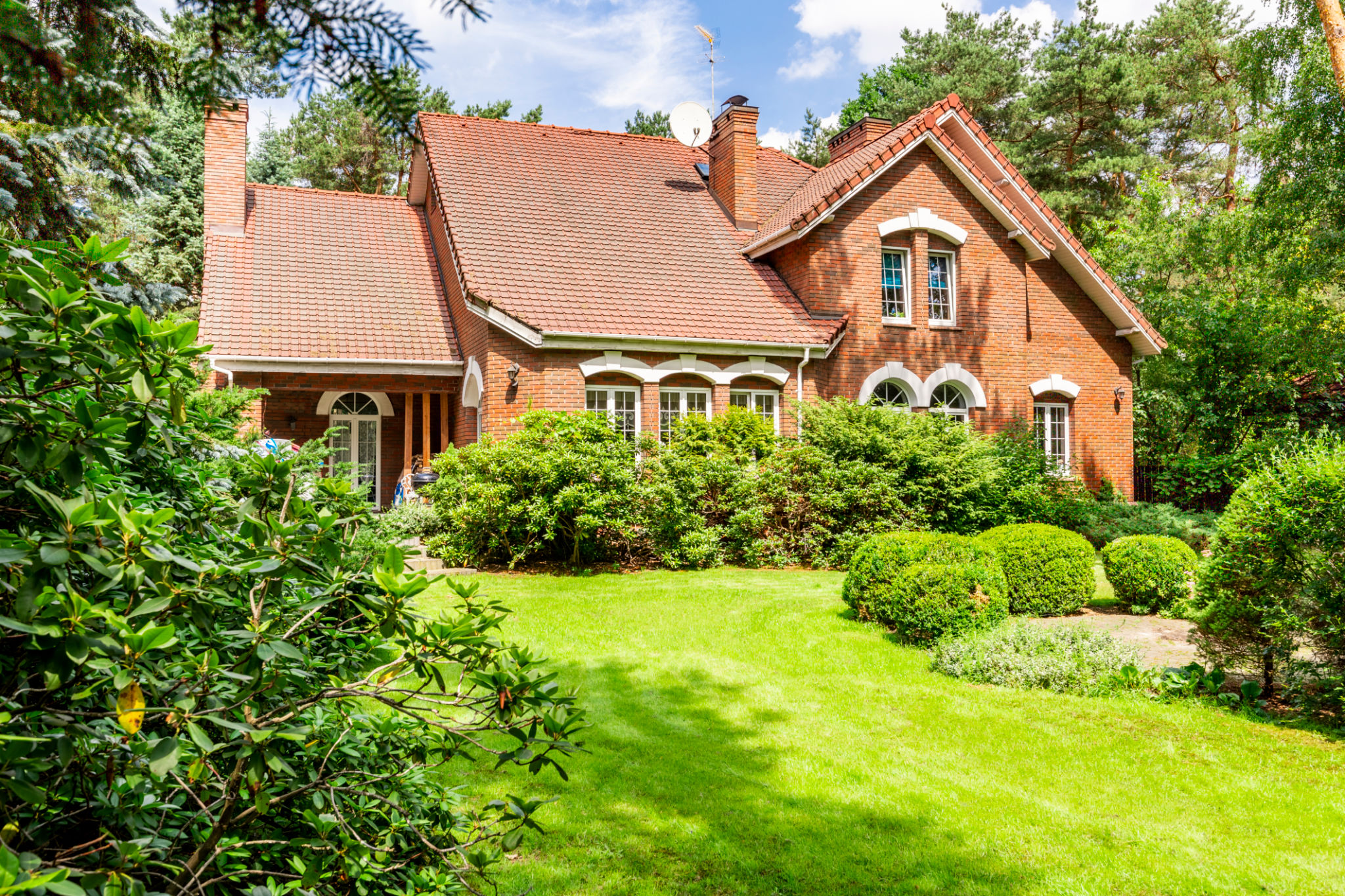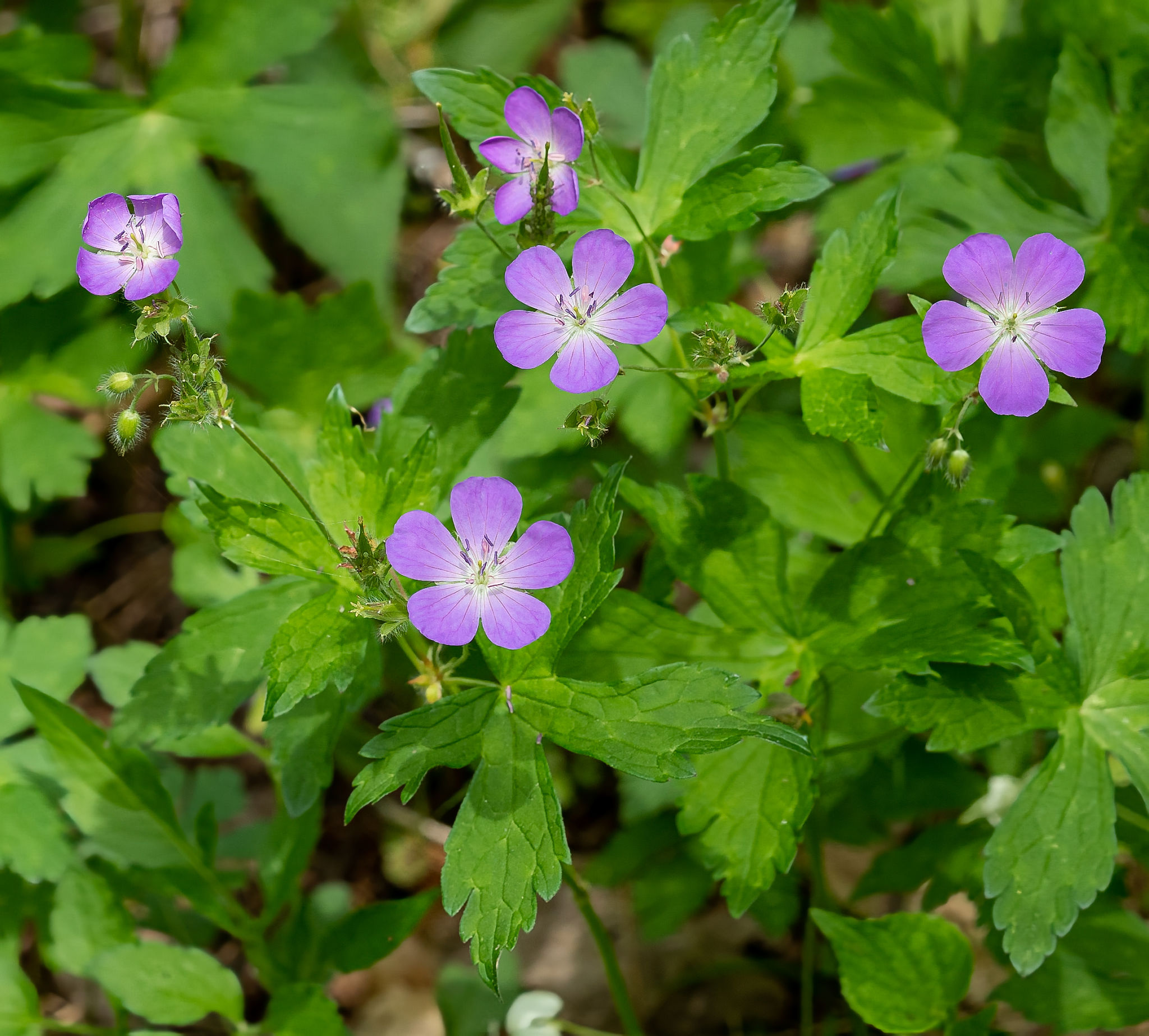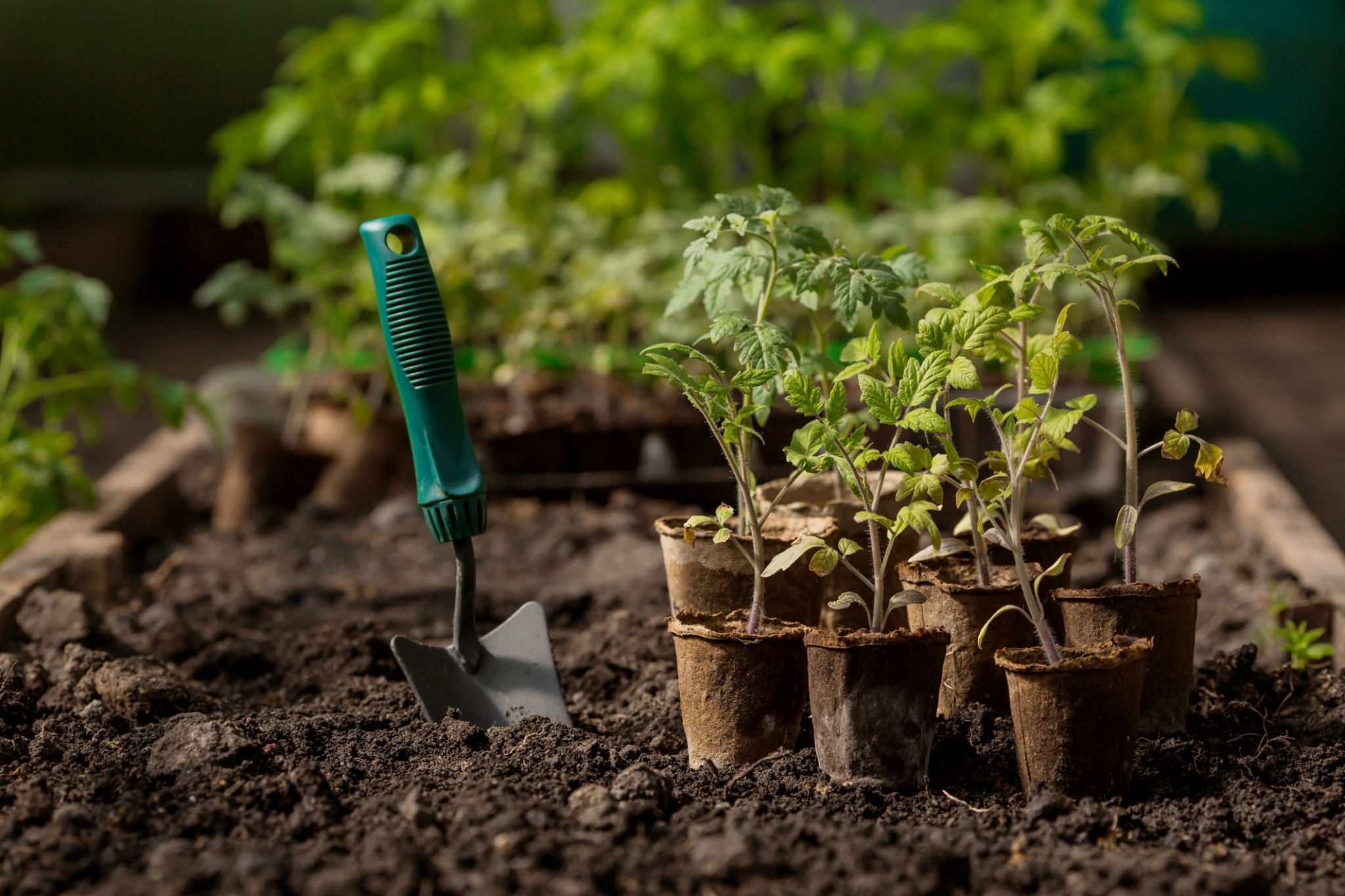How to Choose the Best Native Plants for Your Georgia Garden
Understanding the Benefits of Native Plants
Native plants are species that have naturally evolved in a particular region, making them well-suited to the local climate, soil, and wildlife. In Georgia, choosing native plants for your garden can lead to a more sustainable and low-maintenance landscape. These plants require less water, fertilizer, and pesticide compared to non-native species. Additionally, they provide essential habitats for local wildlife, including pollinators like bees and butterflies.

By selecting native plants, you contribute to biodiversity and help maintain ecological balance. This is particularly important in a state like Georgia, where diverse ecosystems range from coastal plains to mountain foothills. Understanding these benefits is the first step in making informed decisions for your garden.
Identifying Your Garden's Conditions
Before choosing plants, it's crucial to assess your garden's specific conditions. Consider factors such as sunlight exposure, soil type, and moisture levels. For instance, some areas may have dense clay soil, while others might be sandy or loamy. Similarly, certain parts of your garden might receive full sun throughout the day, while others remain shaded.
By understanding these conditions, you can select native plants that will thrive in your garden. Matching the right plant to the right place not only ensures healthier growth but also reduces the need for additional resources like water and fertilizers.
Sunlight and Shade Considerations
Georgia's diverse climate means that sunlight and shade can significantly impact plant growth. Native species such as the Eastern Redbud thrive in partial shade, while others like the Black-eyed Susan prefer full sun. By observing your garden's light levels throughout the day, you can make better plant choices that will flourish with minimal intervention.

Top Native Plants for Georgia Gardens
Once you've assessed your garden's conditions, it's time to select suitable plants. Here are some popular native species that are well-adapted to Georgia's environment:
- Eastern Redbud: Known for its stunning pink flowers in early spring, this tree thrives in partial shade and well-drained soil.
- Black-eyed Susan: A hardy perennial that blooms with bright yellow flowers in full sun, making it a favorite among pollinators.
- Georgia Aster: This rare wildflower boasts beautiful purple blooms and prefers sunny locations with dry soils.
These plants not only add visual appeal to your garden but also support local ecosystems by attracting beneficial insects and wildlife.
Incorporating Trees and Shrubs
Trees and shrubs are essential components of any garden, providing structure and year-round interest. In Georgia, consider incorporating native species such as the Sourwood, known for its fragrant flowers and brilliant fall color. Another excellent choice is the American Beautyberry, which offers vibrant purple berries that attract birds throughout the winter months.

Maintaining Your Native Plant Garden
One of the most significant advantages of using native plants is their low maintenance requirements. However, regular care is still necessary to ensure a thriving garden. Here are some tips for maintaining your native plant landscape:
- Water Wisely: While native plants require less water than non-native species, it's important to provide adequate moisture during dry spells or when establishing new plants.
- Prune and Mulch: Regular pruning helps maintain plant shape and health, while mulching retains soil moisture and suppresses weeds.
- Monitor for Pests: Although native plants are more resistant to pests, occasional monitoring can prevent potential infestations.
By following these guidelines, you can enjoy a flourishing garden that enhances your outdoor space while supporting Georgia's unique ecosystems.
